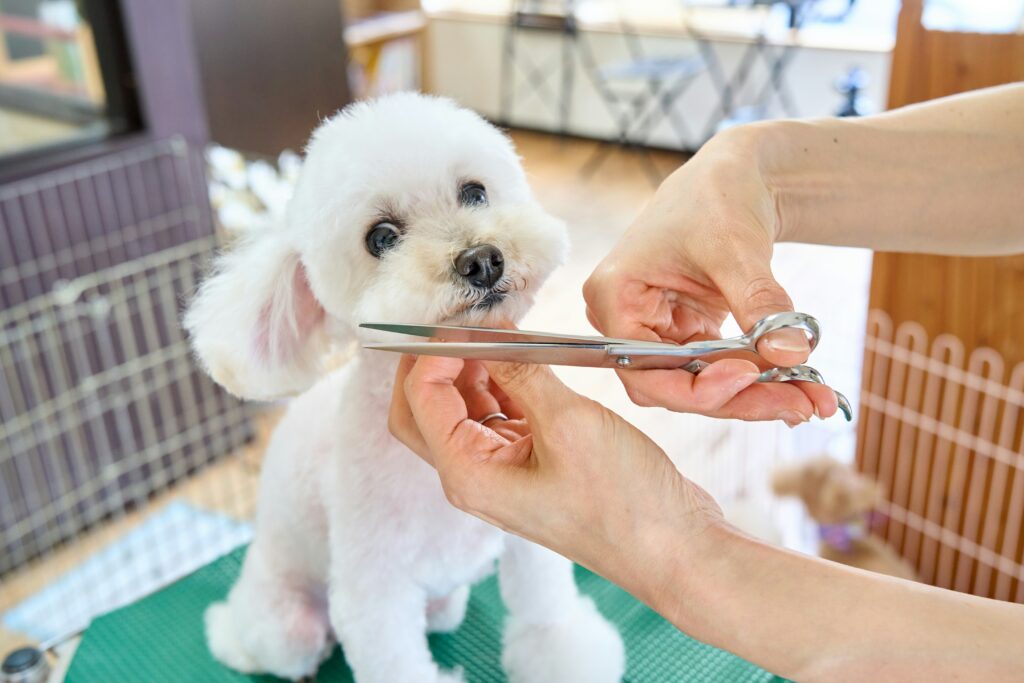Understanding Your Pet’s Basic Needs
Keeping a pet healthy isn’t as simple as checking off food, water, and a roof. It’s about providing the right things in the right way—every day. Balanced nutrition, clean water, and a safe, comfortable space form the core of well-being, but it doesn’t stop there.
Each animal has different needs. Cats aren’t small dogs. Rabbits don’t thrive on hamster cages. Species-specific routines matter—everything from litter box location to the amount of daylight or social time your pet gets. A one-size-fits-all approach doesn’t cut it.
And pets won’t tell you with words when something feels off. That’s your job to notice. Eating less, hiding more, restlessness, or changes in vocalization—these are early signs of stress or discomfort. Paying attention to the subtle stuff today can mean avoiding bigger problems tomorrow.
Nutrition and Diet
When pet food packaging says “complete and balanced,” it means the formula meets established nutritional standards—usually set by the AAFCO (Association of American Feed Control Officials). That includes proteins, fats, vitamins, and minerals in the right proportions for basic health. But here’s the catch: one size doesn’t fit all.
Your pet’s age, size, breed, and activity level all affect what they actually need. A senior indoor cat doesn’t burn calories like a young shepherd training for agility. The same goes for puppies, who need different nutrient ratios than adult dogs. Feeding right means reading labels, yes—but also checking in with your vet when things change.
There are also plenty of myths to shake off. Grain-free doesn’t automatically mean healthier. Raw diets aren’t a free pass to peak health. And switching foods constantly doesn’t make your pet more adaptable—it often does the opposite. Stick with food that fuels their energy, supports digestion, and keeps their coat and eyes clear. That’s the real test.
Regular Exercise and Mental Stimulation
Daily physical activity: how much is enough?
There’s no one-size-fits-all answer, but the rule is simple: more movement, more joy. Dogs need at least 30 minutes to 2 hours of activity depending on breed and age. Cats? They’re natural sprinters—short daily sessions of interactive play do the trick. Small mammals and birds need space to explore, stretch, and move regularly. A tired pet is usually a happy one.
Simple games and puzzles to prevent boredom
Mental stimulation isn’t extra—it’s essential. Basic DIY games like treat-hiding or cardboard mazes work well. For dogs, rotating chew toys or teaching new commands keeps things fresh. Cats love anything that mimics hunting: wand toys, crinkly tunnels, puzzle feeders. The goal isn’t to entertain nonstop—it’s to provide enough change and novelty to keep the brain engaged.
How diet and exercise work together to promote longevity
It’s simple: overfed and under-exercised pets age faster, inside and out. Movement helps burn calories, but it also improves digestion, supports joint health, and lifts mood. Combine that with a balanced diet, and you’re not just adding years—you’re adding good years. Food fuels the body. Exercise sharpens it. Both are non-negotiable if long-term health is the goal.
Hygiene and Grooming Essentials
Good grooming is more than surface-level—it’s one of the simplest ways to keep your pet healthy, comfortable, and calm. Brushing removes dirt, distributes natural oils, and keeps skin breathable. For most dogs and long-haired cats, brushing at least a few times a week prevents matting and promotes circulation. Short-haired breeds may only need a quick brush once a week. Nail trimming? Think every 3–4 weeks, depending on how active they are on abrasive surfaces. As for bathing, too much strips oils; too little invites odor and irritation. Monthly baths are usually the sweet spot for dogs. Cats handle their own hygiene for the most part, unless they’re elderly or long-haired. Rabbits? Grooming helps prevent fur blockages (which can be deadly), so weekly brushing is key there too.
Each species—and breed—has its own checklist. Dogs with skin folds or heavy coats need more consistent care. Long-haired cats require more attention than their short-haired cousins. Rabbits and guinea pigs benefit from grooming to avoid overheating and hair ingestion.
But here’s the kicker: grooming also reveals the early stuff you’d otherwise miss. Lumps, irritations, fleas, or subtle weight loss show up when you’re hands-on. Eyes, ears, gums—all fair game during a grooming session. It’s like a mini health exam built into your routine.
Want species-specific advice? We break it down in detail here: Top Grooming Tips for Different Types of Pets.
Routine Vet Visits and Preventive Care
Your pet can’t tell you what’s wrong—but yearly check-ups can. Regular vet visits help catch problems early, when they’re easier (and cheaper) to treat. Whether it’s a subtle heart murmur or early signs of arthritis, your vet is trained to notice the things you might miss.
Vaccinations and parasite control aren’t optional—they’re the frontline defense for your pet’s health. Fleas, ticks, heartworms, and preventable viruses are all still very real threats, even if your pet lives mostly indoors. Dental health? Often overlooked, but infections in the mouth can lead to bigger issues like heart disease or kidney trouble. Clean teeth matter more than a nice smile.
At home, keep tabs on the basics: weight, appetite, and energy. Sudden changes usually mean something’s brewing, and you’ll want a pro to check it out. Don’t wait until your pet’s acting way off. Small shifts can be the flashing red light—if you know where to look.
Emotional Wellbeing & Your Bond
Just like people, pets need more than just food and shelter. Companionship gives them purpose, and a sense of security anchors their behavior. Animals are wired to connect—with their pack, their human, their environment. Without that, even basic routines like eating or grooming can slip.
When something’s off, they’ll show you. Subtle signs of separation anxiety or stress can sneak in: pacing, destructive chewing, changes in appetite, or over-grooming. Don’t write it off as bad behavior—it’s usually a signal that something emotional is unbalanced. If your pet gets anxious every time you grab your keys, it’s not just a quirk. It’s a cue.
The fix? Structure helps. Play every day, even if it’s short. Keep a consistent schedule for walks and meals. Set boundaries—they create clarity, not conflict. Most of all, show up and be present. Trust doesn’t happen overnight. But with time, even nervous or rescued animals start to relax. And when that bond clicks, it’ll change the way you experience pet ownership.
Final Thoughts
Keeping a pet healthy doesn’t come down to luck or one-off efforts. It’s about the long game—steady routines, paying attention, and putting in the work even when it’s not convenient. Pets can’t tell you what’s wrong in words, so your job is to notice the small stuff: shifts in behavior, appetite, energy. All of it matters.
The truth is, most of what keeps your pet happy is simple. Clean food, clean water, regular checkups, a little play, and a lot of presence. But consistency turns those basics into habits that keep them thriving.
So read up. Ask questions. Don’t tune out. Your pet depends on you showing up—not just when it’s urgent, but every day.


 Thadriel Tavendria, the founder of Pet Hub Loop, created the platform to help strengthen the bond between people and their pets. With a passion for animal welfare, he envisioned a trusted hub offering pet news, breed guides, product reviews, and training advice—making Pet Hub Loop a supportive resource for pet owners everywhere.
Thadriel Tavendria, the founder of Pet Hub Loop, created the platform to help strengthen the bond between people and their pets. With a passion for animal welfare, he envisioned a trusted hub offering pet news, breed guides, product reviews, and training advice—making Pet Hub Loop a supportive resource for pet owners everywhere.